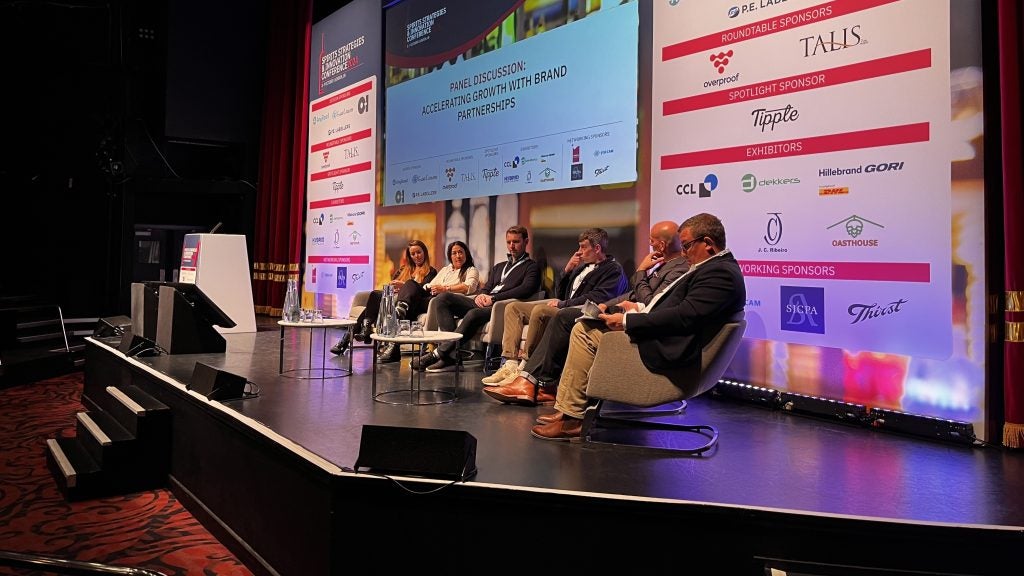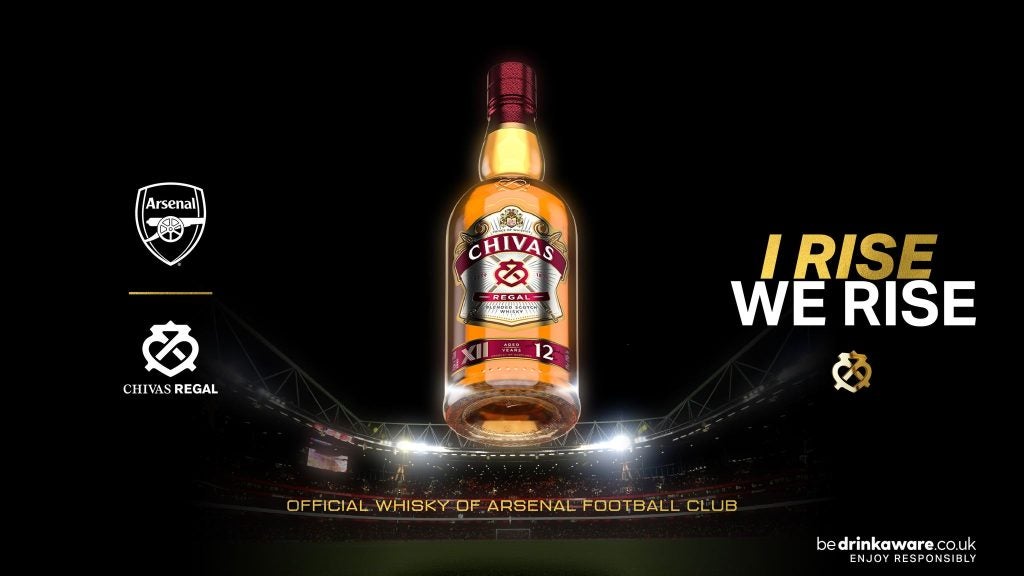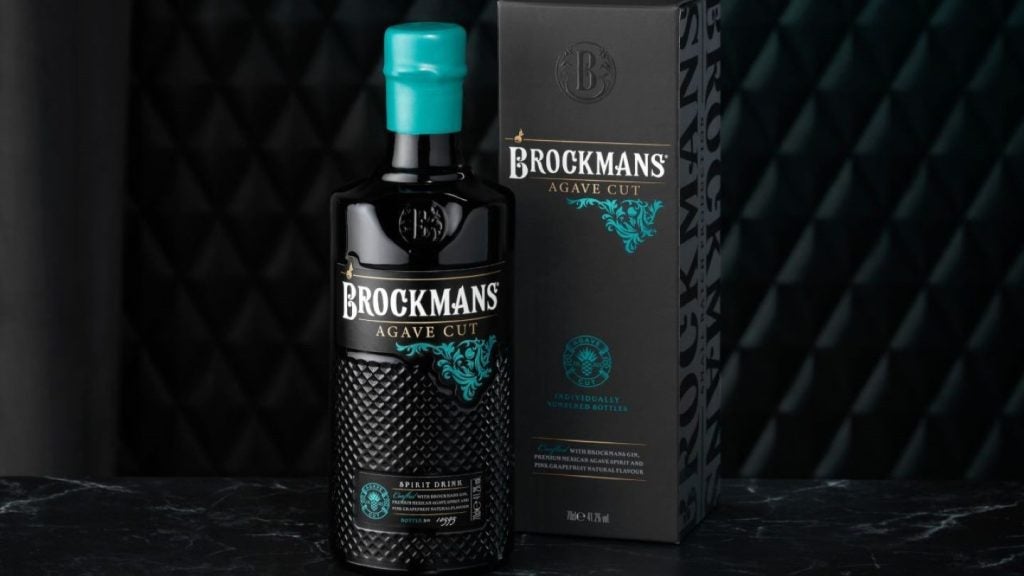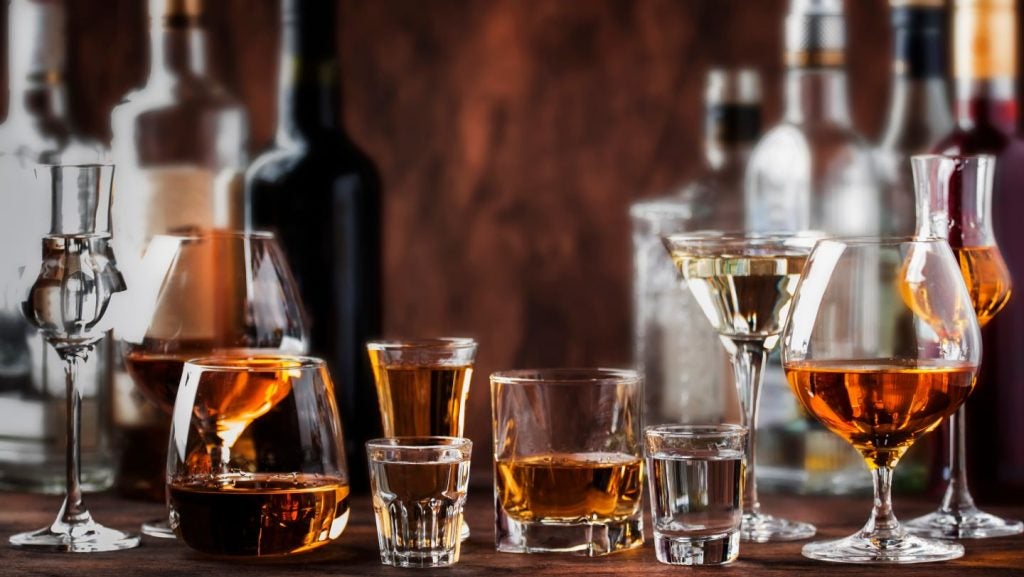Step back to late 2023, and the spirits industry had a much more sunny outlook on how 2024 might pan out, with the worst of inflation and its impact on consumer spending expected to be in the past.
Fast-forward to the present, and a mixture of political and economic uncertainty and continued pressure on consumer spending continues to weigh on spirits businesses big and small.
Nevertheless, despite a difficult trading environment, the future looks relatively bright for the spirits industry globally compared to other alcoholic beverages. Insights from GlobalData, Just Drinks’ parent, project spirits volumes to grow at a CAGR of 3.6% to 47 billion litres between 2023 and 2028. Beer and cider volumes comparatively, are expected to grow 1.3% in the same period to 212 billion litres, while wine is expected to grow 1.5% to 27 billion litres.
In value terms, spirits values are forecast to increase 10.8% to $1.5trn between 2023 and 2028, taking the lead on beer and cider value growth rates, with that combined category expected to rise 5% to $957bn.
At last week’s Spirits Strategies and Innovation Conference in London, industry members underlined the need to adopt new ways to attract consumers and, most importantly, keep them coming back.
Developing experience-led brand-building campaigns was a common thread throughout the conference hosted by Arena, Just Drinks’ sister events arm.
The event also heard how spirits brands are trying to make the most of rising demand for non-alcoholic alternatives in the on-trade as younger generations move away from conventional products, as well as finding ways to innovate in across segments.
Period of ‘consolidation’
Times have changed since the depths of the Covid-19 pandemic when shoppers could spend more and be more experimental with what they drank, too, Jason Hockman, business unit director of global online spirits retailer Master of Malt told the event.
“I think consolidation is a big part of a retail buyers’ mindset now,” Hockman said, explaining how retailers are having to think more carefully about how to attract consumers as they watch their spending.
“Really, what we're seeing is that we have to invest into price to persuade customers to purchase with us, whereas previously, value-add or just having the availability of stock was enough to persuade consumers to purchase.
“Now it’s very much a price-driven decision… along with the broader economic situation find ourselves in, that has impacted consumers discretionary spending”.

Earlier this year, research from GlobalData on beer, wine and spirits showed that, despite buying less, consumers are investing in “fewer occasions” that “are more expensive”. Drinkers were tending to also look for greater quality rather than volume when they buy alcoholic drinks, with a “momentum in value generation” helping to benefit wine and spirits. A consumer survey carried out by the group in the third quarter of 2023 showed “high-quality products/ingredients” and “low price/cheap” were most associated with drinks that were “good value for money”.
As well as not buying as frequently, spirits drinkers are sticking to what they’ve tried and tested, Hockman said. “It's very much about: I like that product, I have not as much money to spend, so I'm going to just buy that one thing, and it's going to be a bit more of a special occasion when I drink it, rather than just every night”.
Consequently, the spirits market is “a little bit tougher for challenger brands”, he said. However, he added that doesn’t mean smaller brands should shy away from the market but should consider implementing “value-added opportunities” into how they sell their products.
“Whether it's free gifts or experiences that go alongside the product... They are resonating well with… customers who really value that something that money can't buy, or they can't easily get”.
Experience-led brand building
When it comes to driving and keeping consumers engaged, several spirits brands touted the benefits of brand partnerships as a successful tool.
For UK-based non-alcoholic spirits group CleanCo, brand partnerships are seen as a vehicle for “audience acquisition”, head of marketing George Hood told attendees. Earlier this year, the business tied up with the Hoka running brand, setting up a regular running club in London, which offers consumers the opportunity to try both Hoka’s running shoes during the event, and a drink made with CleanCo’s non-alcoholic spirits, made at one of its on-trade partners in the UK capital.
The move, Hood said, looks to tap into the “boom in everyday athletes”, a consumer demographic that cares more about their health and is looking to find new ways of socialising outside of digital spaces.
Health and wellness has remained the most influential mega-trend across the global consumer marketplace since the first quarter of 2021, recent GlobalData TrendSights data suggests.
Commenting on the value of the Hoka partnership, Hood explained CleanCo was “always looking for other brands that have a similar audience with a similar mindset that we can almost share, if there’s a value share model, by shouting about each other”.
Mark Makin, enterprise brand controller at Pernod Ricard also spoke about the value in partnering with sports brands as a way of building its own brand awareness. Pernod works with several major sports groups and events, including the English Football League for Jameson and Arsenal football team for Chivas Regal.
“The Football League represents [72] clubs, and they have a combined social media following of 50 million people. It's a real opportunity to work through those channels, but also with the clubs at a local level, on the campaign. A year in, I think there's been a lot of benefits in terms of obviously the reach from the TV coverage, but also the stadium branding”, Makin said.
Another benefit of wide-reaching events like EFL is being able to access consumers outside of major cities, and “get into these localities at [a] deep level”. He added: “We've seen good increases in both brand consideration and consumption amongst football fans, which we measure. It's been a massive opportunity for data capture”.

Speakers at the event also discussed how brands must be focused on delivering “experience” to consumers through their on-trade brand-building strategies. As Nidal Ramini, advocacy director for Europe and emerging international divisions at Brown-Forman explained: “Experience is huge when it comes to driving on-trade spirit sales, you have to offer more than a drink.”
Developing drinking occasions for brands in the on-premise is especially important in an increasingly digital world. Recent GlobalData research pinpointed the growing demand from younger LDA+ drinkers for experiences that can also be shared digitally as a key opportunity for the spirits industry, giving brands a chance “to build a visual connection with key audiences”.
Ramini stressed businesses' use of media must play a role in their brand-building strategy in the on-trade. “If you engage with the venue, then you would hope there's a brand experience the whole way through," he said, listing factors to consider from the drinking occasion to the specific beverage to how to use social media. "The days of just branding… are kind of gone now,” he added.
Multiple category players
At a time when the spirits industry is proving more challenging, delving into more different categories might seem a risky move.
Speaking to attendees, Tom Warner, founder of UK-based gin producer Warner’s Distillery, stressed the benefits of playing in multiple areas. “We're all in the share of throat game, right? If you're only in one lane, you're only hitting one drinking occasion.” The group’s entry into non-alcoholic spirits in 2022 means that category makes up 25% of Warner’s total online sales.
Another UK-based gin peer, Brockmans Gin, also spoke of the benefits of ‘hybrid’ spirit products that blur category lines. Earlier this year, the London-headquartered distiller launched its Agave Cut spirit, which has a gin base flavoured with agave spirit sourced from blue agave plants in Jalisco, Mexico.
Global marketing director Eric Sampers said the group was aware of the risk of the product, with spirits category definitions typically being so stringent. “We are actually not calling Agave Cut a gin by any means, it's not on the packaging. We are very respectful of those rules and so on but we still will market it to gin drinkers as a bridge towards another category and we have absolutely no backlash... We have lots of interest, and we show that the category can keep innovating”.
Sampers stressed Brockmans’ hybrid approach with Agave Cut might not be suitable for all spirits categories, noting that looser regulations around gin’s definitions have given the business “an advantage which allows us to innovate and to adapt and to evolve”. He added that many spirits companies “have a very strong opinion” on protecting category definitions, which has meant “some categories are suffering [from] an excess of regulation, which in turn will prevent them to innovate”.
“We're all in the share of throat game, right? If you're only in one lane, you're only hitting one drinking occasion.”
Tom Warner, Warner's Distillery
For more established businesses like LVMH’s Moët-Hennessy, it’s important to “not to jump on trends”, when approaching new categories, Kendall Hidalgo, global media director at the Ardbeg Scotch distiller, explained.
When adding new spirits to its portfolio, brands need to have “real staying power,” she said, “where there's an opportunity to premiumise, or maybe bring an ultra-premium offering to that category”.
“If you're talking about a brand… and a liquid you want to exist for 50-100 years on, or a much longer time frame, I think you need to be ready to understand the full cost of what's going to go behind supporting that. If you're prepared to really invest in that long-term timeframe, then maybe it makes sense to move into that category, but if you're not, and that's something that's going to really become core to your brand, that formula may not work out”.

Making the most of moderation
Analysis from GlobalData predicts non-alcoholic spirits drinks will reach $478.9m in value by 2027, growing more than threefold from 2018 values.
While health and wellness continuing to shape demand in the spirits industry and an increasing interest in alcohol-free drinking, the on-trade remains a space that requires a push to have more non-alcoholic drink options on offer, Imme Ermgassen, founder of UK-based non-alcoholic aperitif brand Botivo, told attendees.
“I feel that we assume everyone knows… but actually there's still a huge education piece when it comes to the on-trade to show to them that, [with] a CleanCo or Botivo and soda, they're making five times the cash margin they would on a lime and soda for example”, she said.
Earlier this year, an annual report published by research consultancy KAM together with UK non-alcoholic beer brand Lucky Saint, delved into the state if the low-and-no market in the country.
One of the key takeaways of KAM’s report was that one in three visits to an on-premise location in the UK involves non-alcoholic drinks, with 30% of these occasions taking place in pubs and bars, and 42% happening in restaurants.
Despite these positive trends, the on-premise is still struggling to provide a decent non-alcoholic selection for consumers, but improving its range is key to improving its margins, Ermgassen said.
“After Covid, the on-trade are all battling to pay off their Covid debts et cetera and, actually, the health and wellness space is a really important piece of that puzzle. It's allowing them to up their bottom line in a way that tap water or lime and soda… doesn't.”
When it comes to non-alcoholic drinks outside of beer in the on-premise, Ermgassen added there is still demand for premium, high-quality products, as with full-strength spirits. When asked whether she expected non-alcoholic spirits prices to be cut down the line, she said: “I think premium products are actually…suffering the least. In terms of sales, it's actually the middle price points that's tough at the moment, so we're going to stick to our guns and stay at premium price point.”
Another factor expected to further boost demand for non-alcoholic drinking occasions is the younger generation of consumers who are less likely to drink alcohol and therefore less likely to seek out non-alc variants of well-known spirits brands, Ermgassen said.
“What big brands are starting to realise is that, yes, for now, having a whatever 0% works but, for these young people that are growing up without those relationships with those big brands, what are they going to drink in five years and ten years?
“I think what people are starting to realise is that it is worth investing in newer brands, which are almost born within the timeframe of this younger consumer because they're going to be the brand that this consumer is growing up with.”
Makin at Pernod Ricard added that Millennial consumers are likely to continue taking more interest in their health, educating themselves more on the risks associated with alcohol intake, as well as being “much more open to being influenced by younger people through social media”.
He added: “Then there's some sort of practical and economic realities as well. They're probably going to have to work into their 70s, so are going to have to take more care of [their] health.
“I think we'll see an evolution of the things that have happened in the moderation space over the past five or ten years, but maybe at an accelerated rate”.









